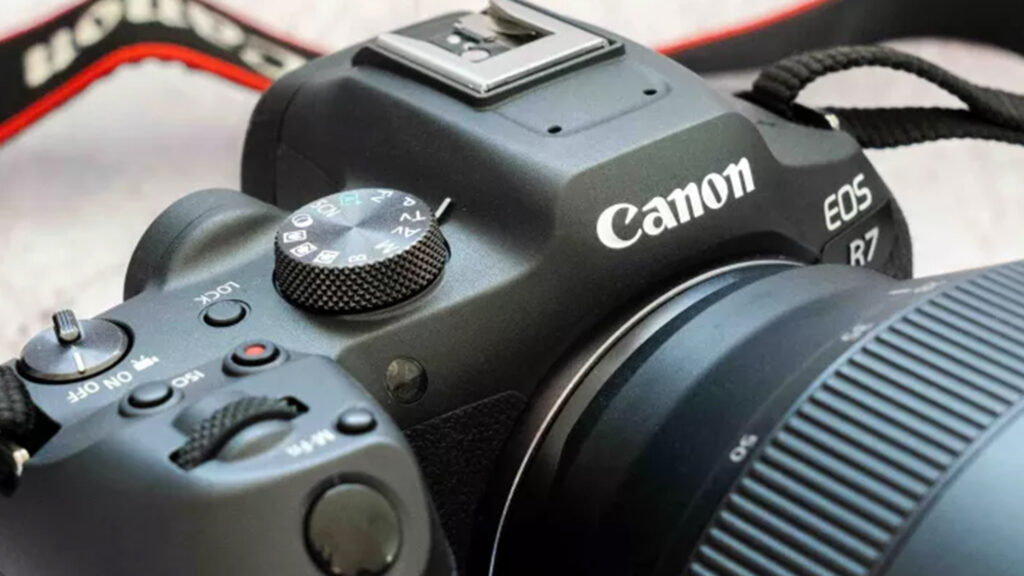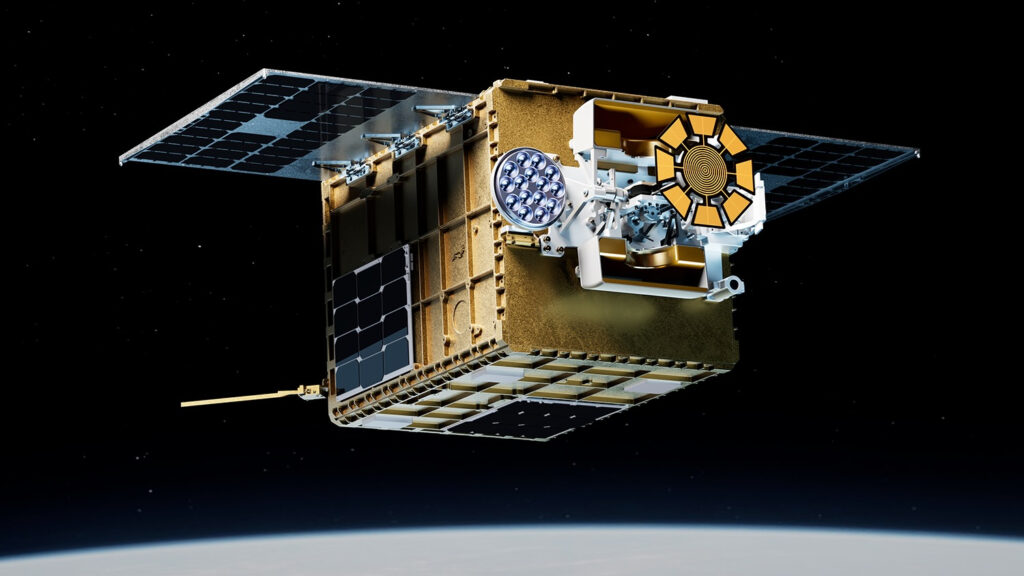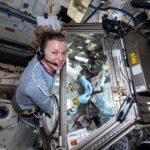Now Reading: Earth may have at least 6 ‘minimoons’ at any given time. Where do they come from?
-
01
Earth may have at least 6 ‘minimoons’ at any given time. Where do they come from?
Earth may have at least 6 ‘minimoons’ at any given time. Where do they come from?
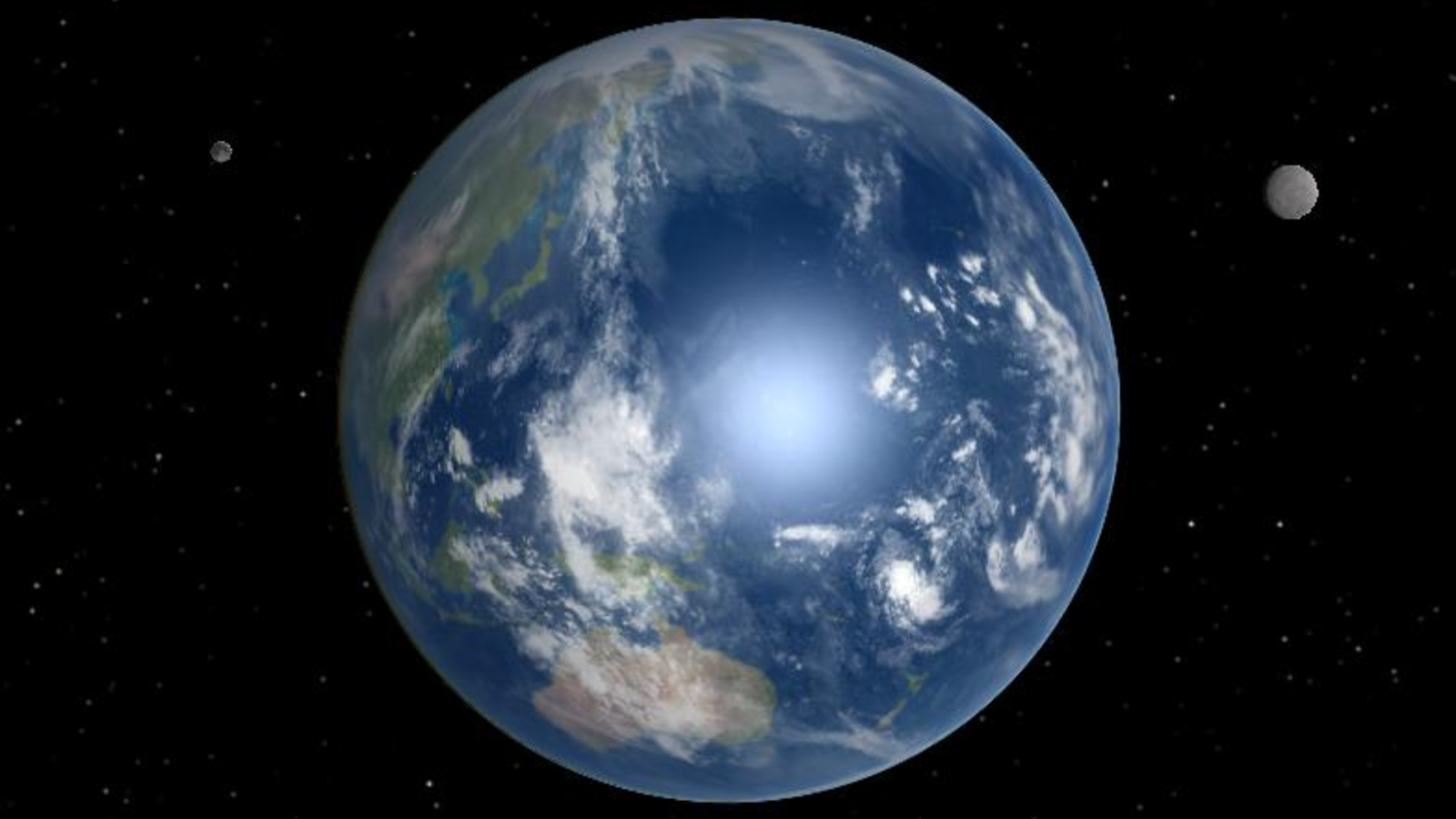
Half a dozen fragments of the moon may briefly orbit Earth at any given time, before moving on to circle the sun, new research suggests — but the minimoons’ small size and quick pace make them challenging to spot.
When objects collide with the moon, they send up a shower of material, some of which manages to escape into space. Although there may be an occasional large chunk, most are fast-moving and smaller than 6.5 feet (2 meters) in diameter. The bulk of the lunar material falls into orbit around the more gravitationally attractive sun. But some of the debris may occasionally be pulled into an orbit around Earth before returning to circle the sun, researchers explained in a study published in the journal Icarus.
It’s “kind of like a square dance, where partners change regularly and sometimes leave the dance floor for a while,” Robert Jedicke, a researcher at the University of Hawaii and lead author of the study, told Space.com by email.
A piece of the moon
Although the International Astronomical Union doesn’t have an official definition, previous research suggested that a minimoon could be an object that is at least temporarily bound to Earth, makes at least one revolution of the planet, and is closer than about four times the Earth-moon distance at some point in its orbit.
Minimoons can come from anywhere in the solar system, but a 2018 study suggested most come from the region of the asteroid belt, between the orbits of Mars and Jupiter. The recent appearance of minimoons from the moon, however, is calling that finding into question.
In 2016, the Pan-STARRS1 asteroid survey telescope in Hawaii spotted a 131- to 328-foot-wide (40 to 100 meters) near-Earth object identified as Kamo’oalewa, or “469219 Kamo’oalewa,” orbiting the sun in sync with Earth. Later studies revealed that Kamo’oalewa was a slice of the moon excavated between 1 million and 10 million years ago in the crash that formed the Giordano Bruno crater.
Earlier this year, astronomers announced that a second temporary terrestrial satellite appeared to have a lunar origin. Discovered last year, the object — called 2024 PT5 — looks more like the moon than an asteroid.
Together, these two objects suggest that the moon could be birthing its own tiny moons. So Jedicke and his colleagues decided to calculate just how many lunar minimoons might exist. Relying on simulations of how particles blown from the moon might behave, they found that many of the particles blasted into space could be captured at least temporarily by Earth, and about a fifth of them were likely to become minimoons.
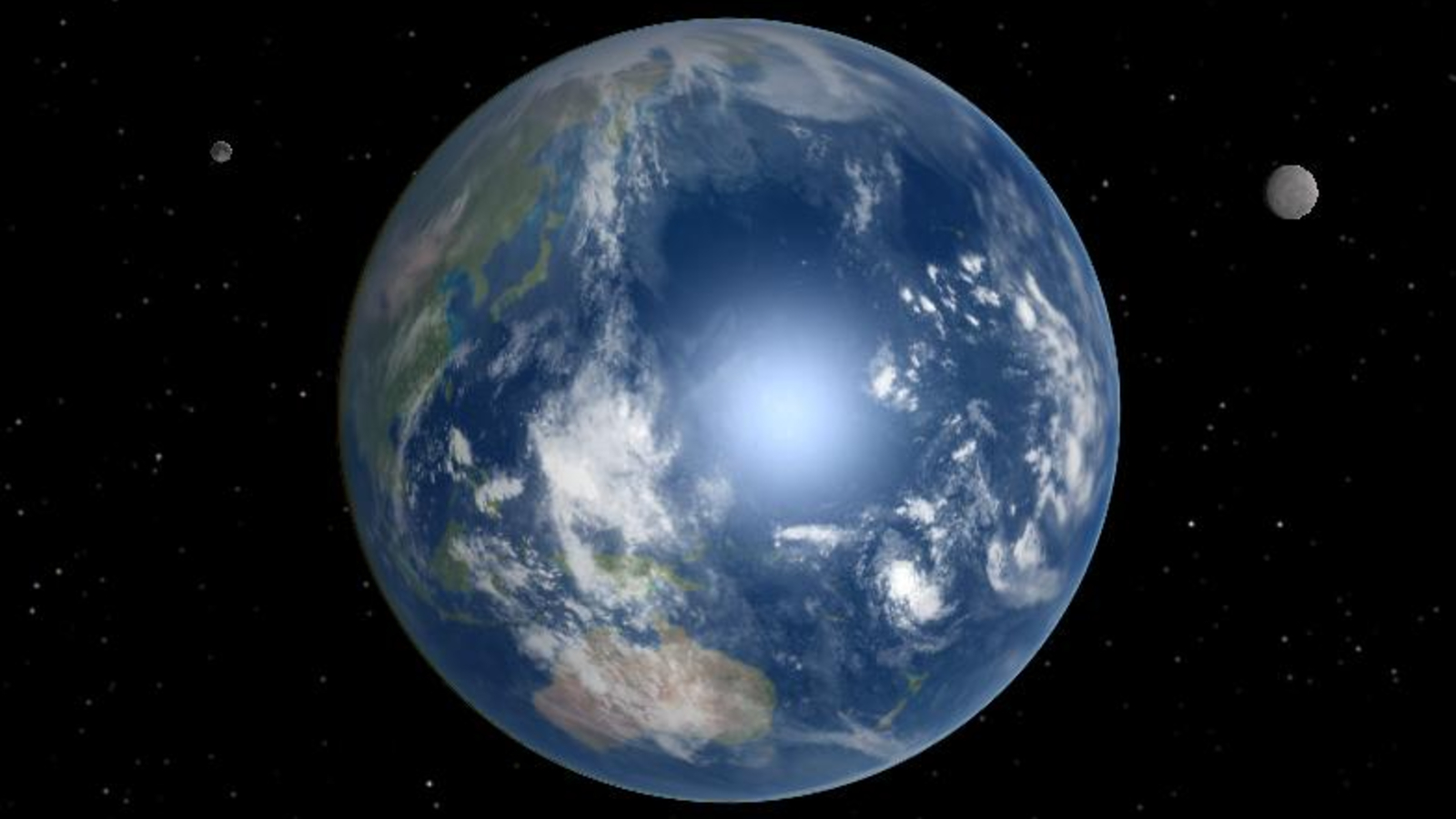
The new findings nominally predict that 6.5 lunar-born satellites may be circling Earth at a time. The individual objects are changeable; if they could be counted today, and then again in a year, some would be new objects. A typical minimoon dances around Earth for an average of about nine months, Jedicke said, and these minimoons are constantly replenished from the material traveling in an Earth-like orbit.
But when it comes to nailing down the predicted number of minimoons, Jedicke cautioned that the uncertainty is “ginormous — many orders of magnitude.” That’s due to many unknowns, including the size of a crater formed by an impact and the size and speed distribution of the ejected material.
“If there were that many [temporarily bound objects], the telescopic surveys would probably detect more of them,” Jedicke said. “So the nominal prediction is almost certainly wrong. That’s science.”
Because science builds on new information, identifications of more lunar minimoons and a better understanding of their size distribution will help to refine that prediction and provide new insight into the crater formation process.
Small objects, big challenges
Due to their size, the tiny, temporary moons are challenging to spot. The problem relates to both their size and their speed. With most of the fragments ranging from 3 to 7 feet (1 to 2 m) in diameter, even the most seasoned instruments can struggle to detect them. Jedicke compares them to a car or an SUV.
“Detecting objects in that size range means they have to be close so they are bright, but if they are close, it means they also appear to be moving quickly across the sky,” Jedicke said. “It is incredible that modern telescopic surveys have the ability to detect such small objects up to millions of kilometers away.”
In massive sky surveys, computers usually work to pull out motion. When minimoons are close enough to be seen, their rapid motion may leave trails, rather than spots, on images of the sky. “Trails are more difficult for computer algorithms to identify,” Jedicke said.
RELATED STORIES
But all is not lost. The new research suggests that 2020 CD3 was visible to the Catalina Sky Survey on only two of the roughly 1,000 nights the object was in range. The successful detection bodes well for future observations. Once the objects have been identified, tracking becomes easier because astronomers know where and when to look for the minimoons.
These brief visitors could also have intriguing commercial applications, since they would require the least amount of fuel to visit, Jedicke said. Instead of flying to the asteroid belt to extract water, minerals and other commercially desirable elements, companies could find ways to snag the transients as they briefly orbit Earth.
From a scientific perspective, minimoons and their kin “may help reveal how the solar system formed and continues to evolve,” Jedicke said. Understanding how lunar debris was flung off of the moon during an impact can help researchers better understand and estimate damage due to asteroid impacts on Earth.
Stay Informed With the Latest & Most Important News
Previous Post
Next Post
-
 01From Polymerization-Enabled Folding and Assembly to Chemical Evolution: Key Processes for Emergence of Functional Polymers in the Origin of Life
01From Polymerization-Enabled Folding and Assembly to Chemical Evolution: Key Processes for Emergence of Functional Polymers in the Origin of Life -
 02Panasonic Leica Summilux DG 15mm f/1.7 ASPH review
02Panasonic Leica Summilux DG 15mm f/1.7 ASPH review -
 03Two Black Holes Observed Circling Each Other for the First Time
03Two Black Holes Observed Circling Each Other for the First Time -
 04How New NASA, India Earth Satellite NISAR Will See Earth
04How New NASA, India Earth Satellite NISAR Will See Earth -
 05And Thus Begins A New Year For Life On Earth
05And Thus Begins A New Year For Life On Earth -
 06Astronomy Activation Ambassadors: A New Era
06Astronomy Activation Ambassadors: A New Era -
07SpaceX launch surge helps set new global launch record in 2024













